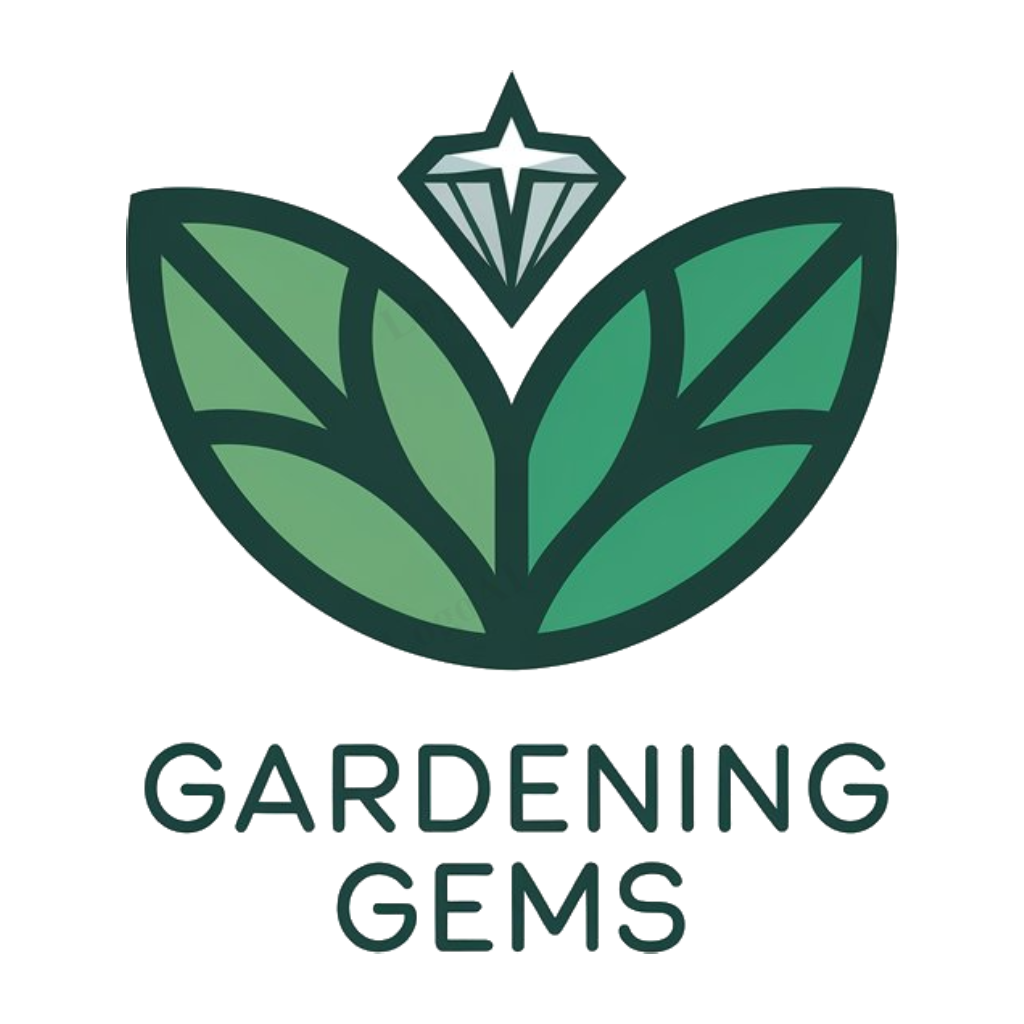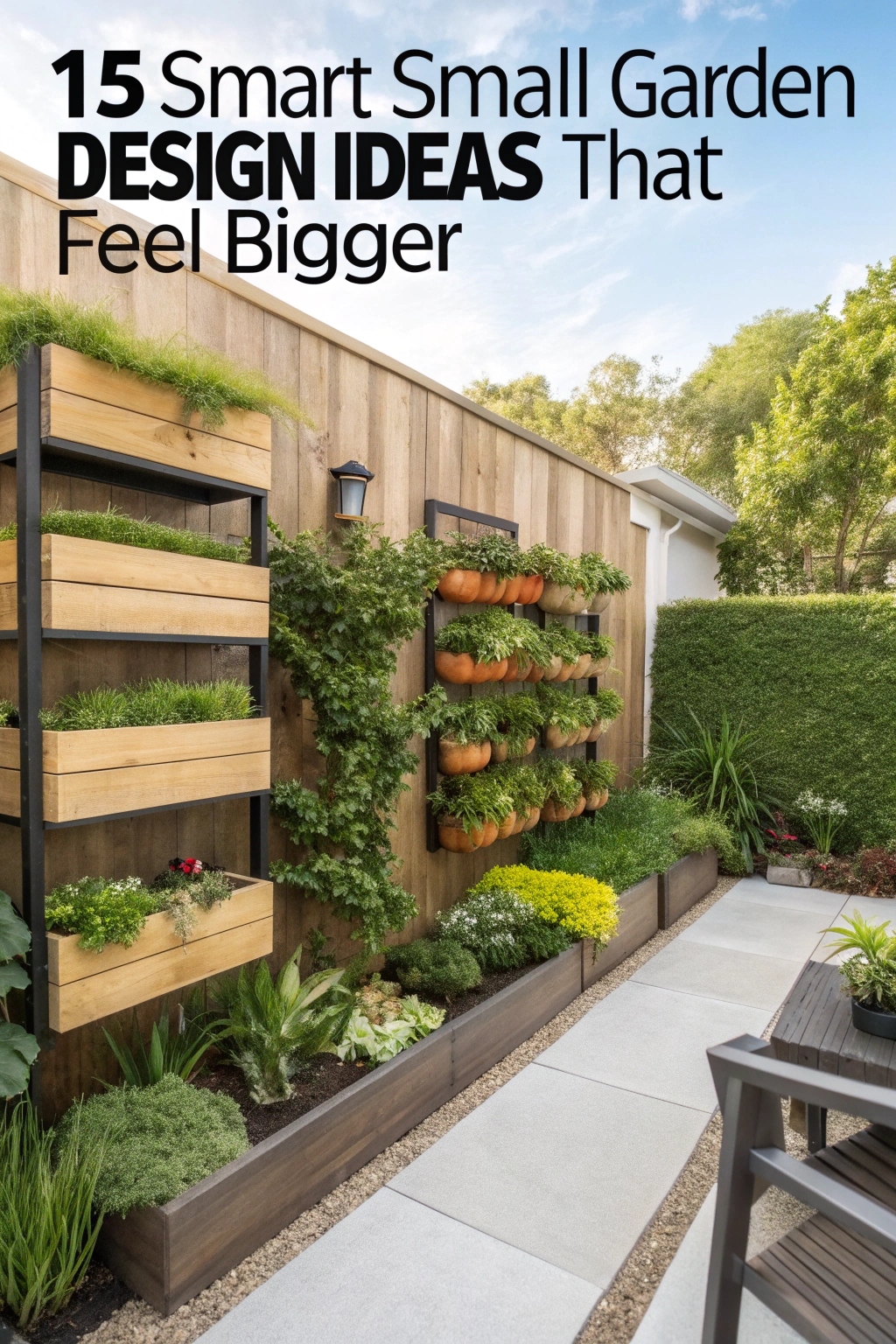When designing a small garden, it’s all about making the most of the space you have. Installing a vertical garden, like a living wall, can be a great way to maximize space and create an illusion of more room. This can make your garden feel bigger and more relaxing.
Want to know the secret to making your small garden feel like a paradise? Using smart design ideas can help you create a beautiful and spacious garden, even with limited space.
By exploring different design ideas, you can turn your small garden into a haven that you’ll love spending time in.
Maximizing Vertical Space
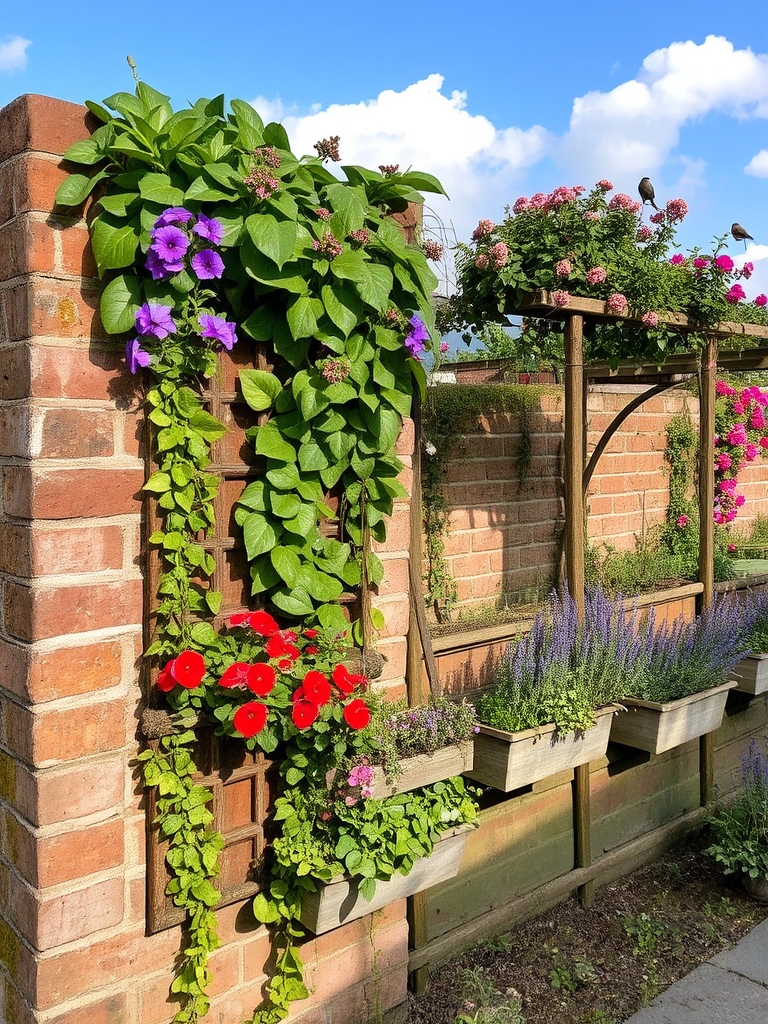
Maximizing vertical space is essential in small gardens. Using trellises, arbors, and wall-mounted planters can help make the most of limited space, while also adding visual interest and depth to the garden. This technique allows for more plants to be incorporated, creating a lush and vibrant atmosphere in even the smallest of areas.
Choosing Compact Plants

When choosing compact plants for small gardens, consider their mature size and growth habits. Select dwarf or miniature varieties of favorite flowers, shrubs, and trees to save space. Compact plants like succulents, herbs, and groundcovers are ideal for tiny gardens, adding visual interest without overwhelming the space.
Using Mirrors to Create Illusions

Using mirrors in small garden design creates illusions of larger spaces. Strategically placed mirrors can reflect surrounding plants, making the area appear more expansive and lush. This visual trick also adds depth and dimension, enhancing the overall ambiance of the garden, and can even make narrow pathways seem wider and more inviting.
Selecting Space-Saving Furniture
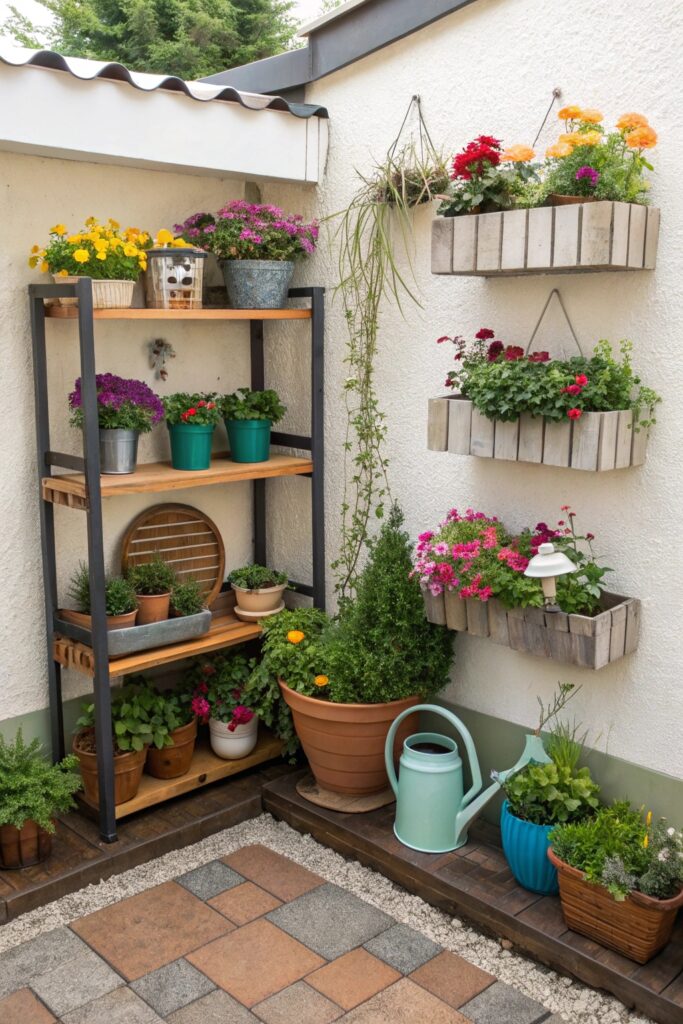
Selecting space-saving furniture is vital for small gardens. Opt for multipurpose pieces, such as storage benches or foldable tables, to maximize space. Consider vertical elements like wall-mounted planters and trellises to add greenery without taking up floor space, creating a functional and beautiful outdoor area. Compact seating and nesting tables also help.
Creating a Focal Point
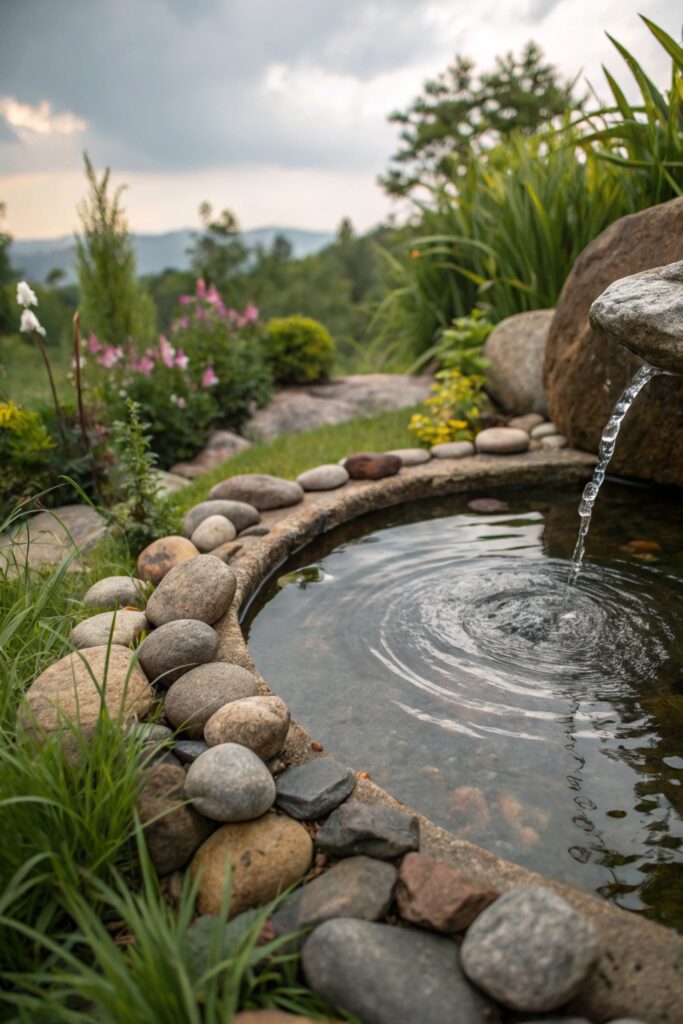
A focal point draws the eye and creates visual interest in a small garden. It can be a statement piece, such as a sculpture or water feature, or a beautiful tree or flowering shrub. Placing a focal point at the end of a path or in a corner can create depth and lead the eye through the space.
Implementing Tiered Gardening
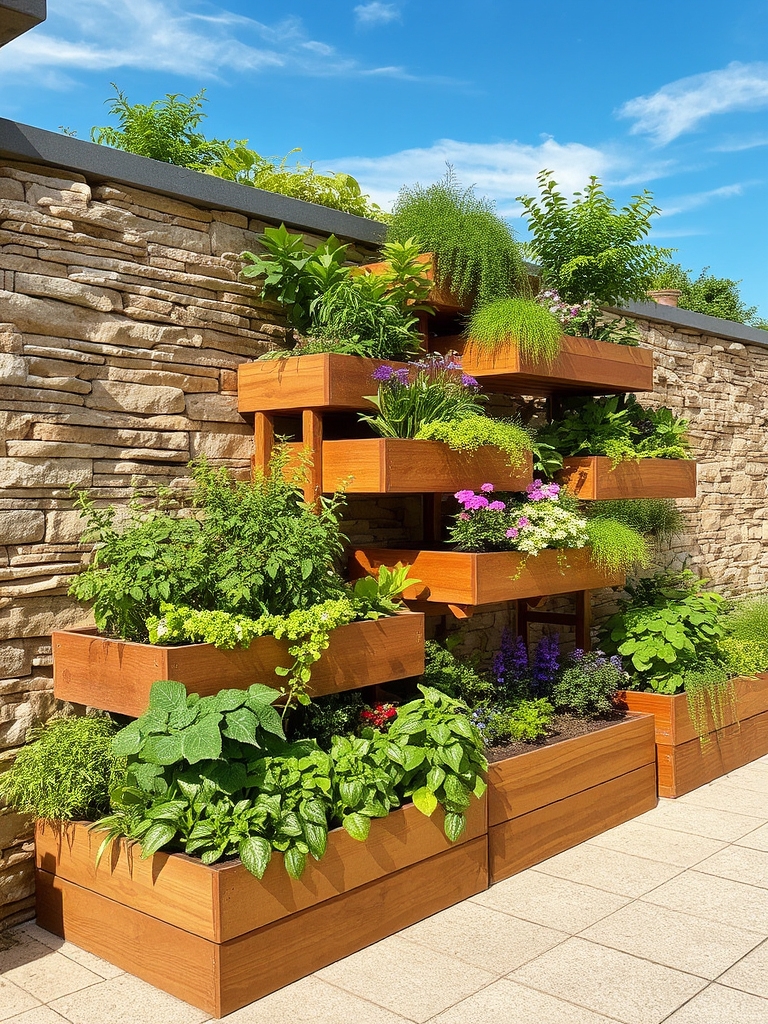
Implementing tiered gardening involves creating multiple levels of planters or beds to maximize space. This design technique allows for a variety of plants to be showcased, from flowers and herbs to vegetables and shrubs, while adding visual interest to the garden through layered textures and heights. Tiered gardening is ideal for small gardens with limited space.
Utilizing Corner Spaces
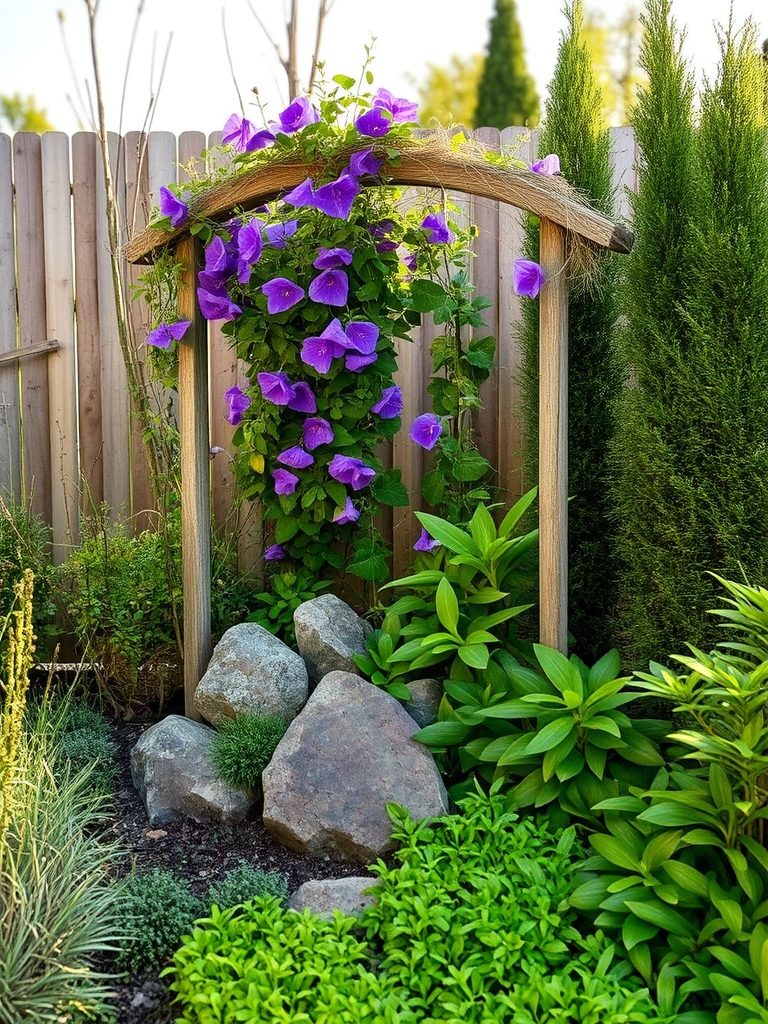
Utilizing corner spaces in small gardens can be highly effective. Placing plants, benches, or decorative features in corners creates a sense of completeness and makes the most of often-wasted space. This technique also helps to draw the eye through the garden, creating a sense of flow and visual interest. Corner planters or trellises are great options.
Designing a Pathway
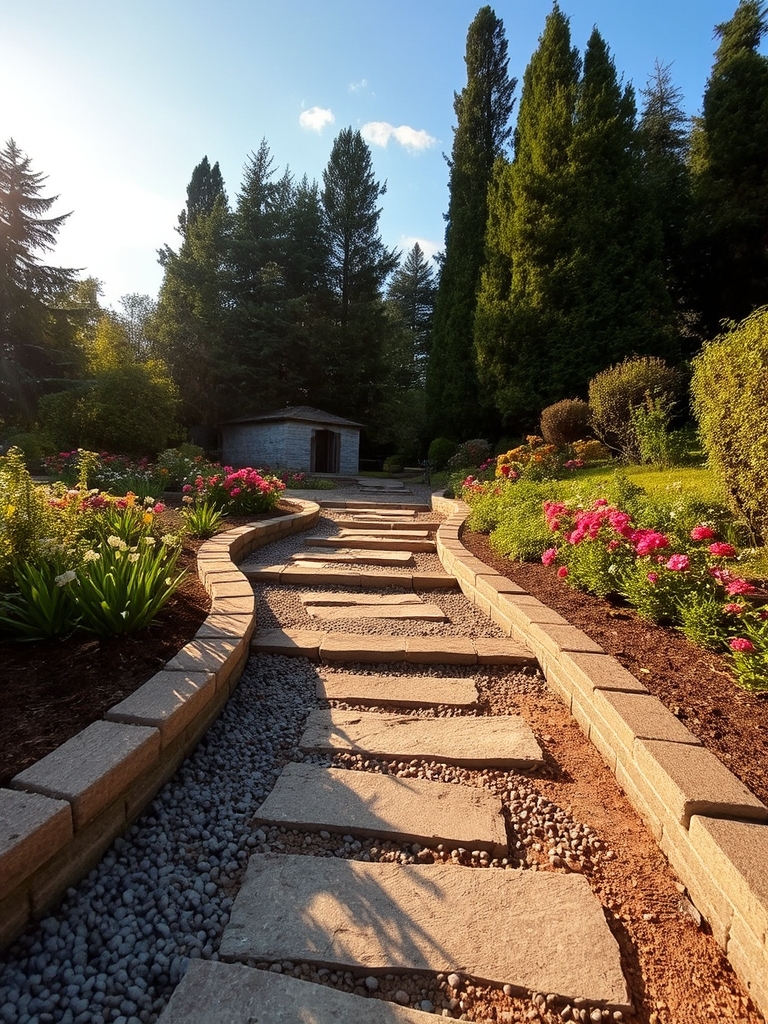
Designing a pathway in a small garden requires careful consideration to create a sense of flow and functionality. Use materials like stone, brick, or gravel to define the path and add visual interest. Curved or winding paths can create a sense of mystery, while straight paths can lead visitors’ eyes to a focal point.
Incorporating Hanging Baskets

Incorporating hanging baskets into a small garden adds depth and visual interest. They can be suspended from trees, fences, or other structures, providing extra space for plants and flowers. Hanging baskets come in various sizes and materials, allowing for flexibility and creativity in small garden design, making the most of limited space.
Building a Vertical Garden

Building a vertical garden is a great way to maximize space in small gardens. It involves using walls, trellises, or stacked planters to grow plants upwards, adding depth and visual interest to the garden. This technique allows for a variety of plants to thrive, from leafy greens to flowering vines, in even the smallest of spaces.
Selecting Light Colors
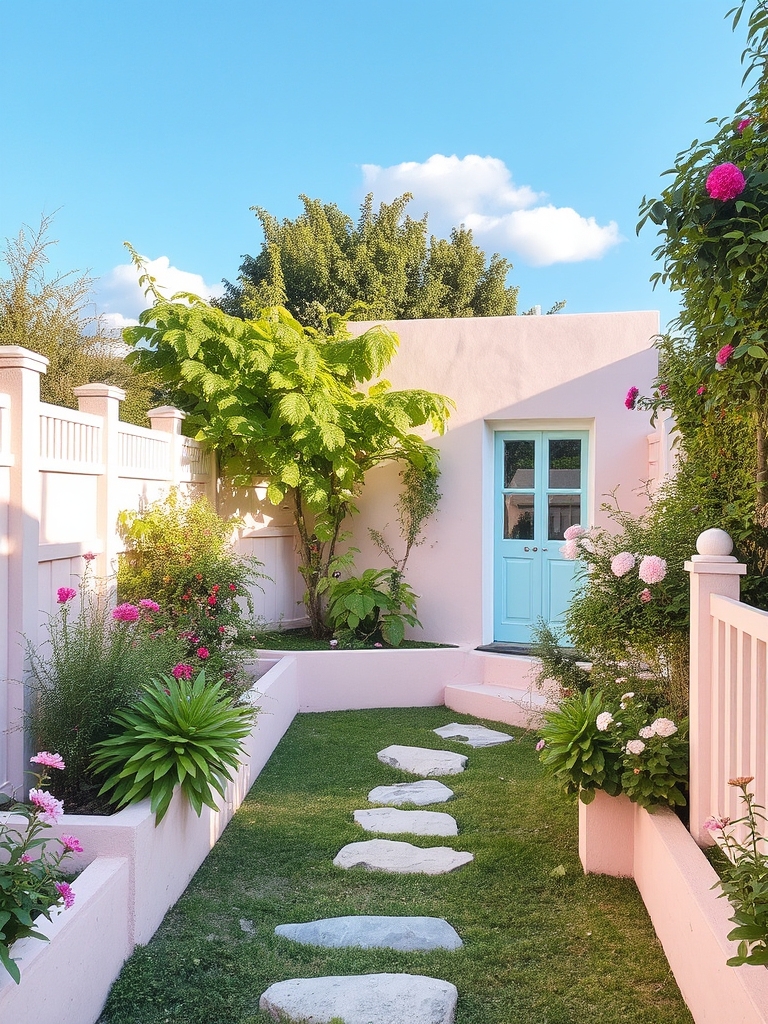
Selecting light colors for your small garden design can create an illusion of space. Light-colored walls, fences, and pathways can reflect light and make the area feel larger. Pastel shades, whites, and creams are popular choices for small gardens as they add a sense of airiness and brightness to the space.
Minimizing Clutter
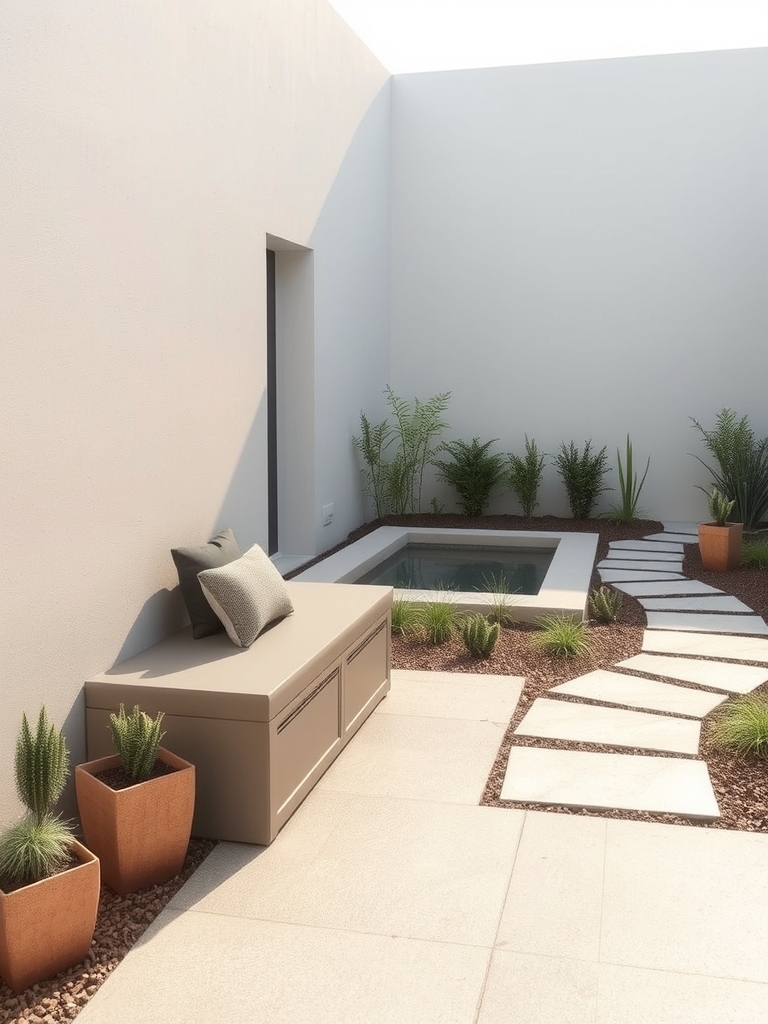
Minimizing clutter is vital in small garden design. Remove any unnecessary items and keep only essential features to maintain a sense of openness. Consider multi-functional elements, such as a bench with storage, to reduce clutter and optimize space. This approach helps create a clean and serene atmosphere, making the garden feel more spacious and inviting.
Installing a Small Water Feature
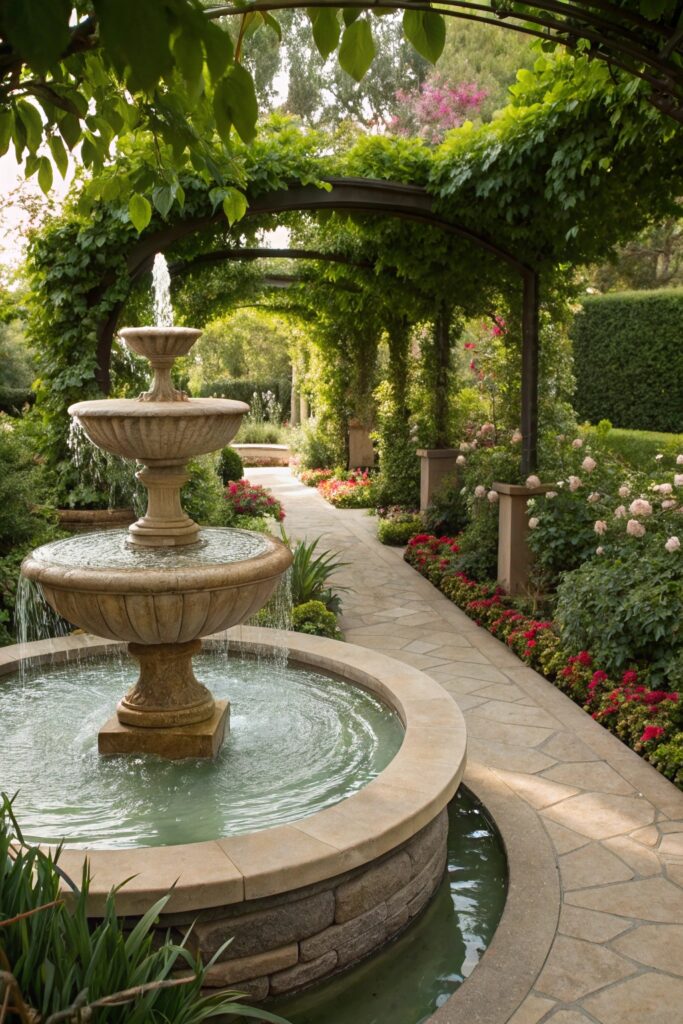
Installing a small water feature can add visual interest and soothing sounds to a garden. A mini pond, fountain, or birdbath can be incorporated into even the smallest spaces, creating a tranquil atmosphere and attracting wildlife, such as birds and butterflies, to the area.
Using Lighting to Expand Space
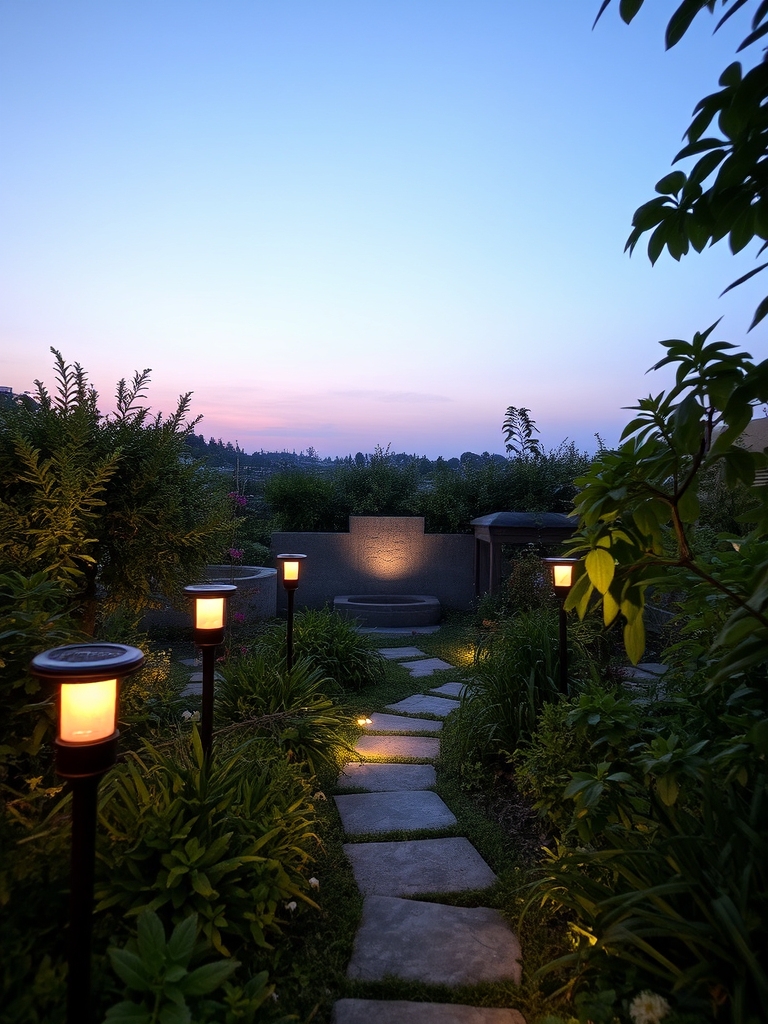
Using lighting to expand space in small gardens creates an illusion of larger areas. Strategically placed lights can highlight features, draw the eye outward, and create depth, making the space feel more expansive and inviting, especially during evening hours when the garden transforms into a warm and welcoming ambiance.
Creating a Sense of Depth

To create a sense of depth in a small garden, use layered planting, with taller plants towards the back and shorter ones in front. This visual trick creates an illusion of space, making the area feel larger than it is. Pathways and angled lines can also lead the eye through the garden, enhancing the sense of depth.
Conclusion
You’ll create a garden that’s a million times more spacious by implementing these design ideas. By maximizing vertical space, using mirrors, and selecting compact plants, you’ll trick the eye into seeing a larger area, making your small garden feel practically limitless, with possibilities that will skyrocket your outdoor oasis to unprecedented heights.
